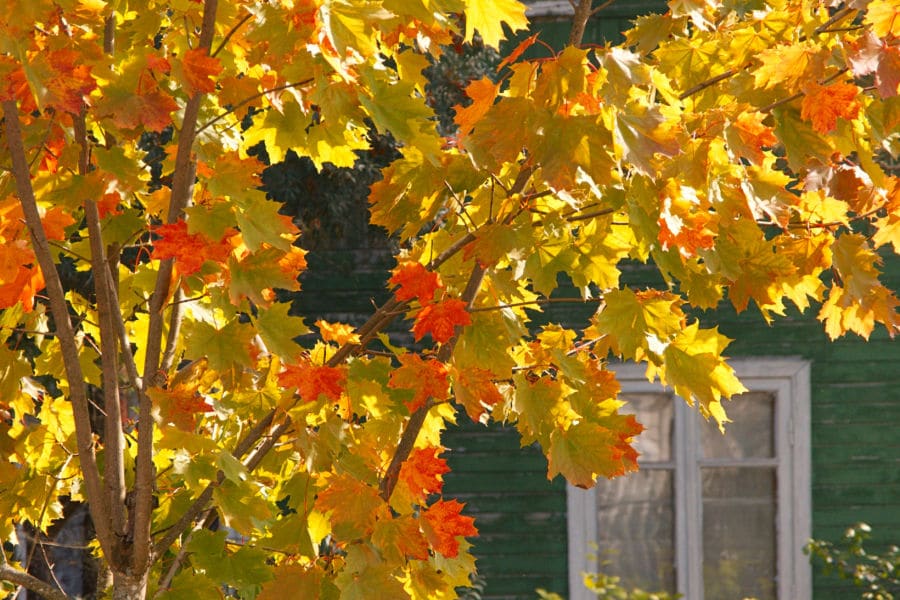
Understanding Tree Types for a Yard
Caring for your trees begins with understanding them. Trees have endless varieties with pros and cons of each one. Some trees are shady during Summer and will let the cozy Winter's sunlight in. Others have a stunning look and brilliant foliage. Some fruiting trees are great with crops and shelter. In this blog we describe more about the tree types you can include in your yard and how to care for them.
Broadly, trees are classified under two areas: deciduous and coniferous.
What Are Deciduous Trees?

- Deciduous trees, also known as hardwoods, are the trees that will normally shed all their leaves during Fall.
- They have leaves with different shapes including heart, oval, or star-shaped (varies with the species).
- Examples: Oak Trees, Elm Trees, Maple Trees, Willow Trees
Benefits of Deciduous Trees

- Deciduous trees will protect your home against the roaring sun during Summer when they have a large cover of leaves. Likewise, during Winter, the naked branches will allow the pleasant sunlight to peek inside into your yard or inside your home.
- Many deciduous trees like the Maple tree display brilliant color in the Fall when their leaves change colors.
- Deciduous trees like Birches have an exfoliating bark that will become the focal point of your garden during Winter.
- Some deciduous trees will also bring crops – fruit and nut deciduous trees have bountiful harvests to offer in addition to their amazing shade to help protect you from the hot Summer sun.
What Are Coniferous Trees?

- In contrast to deciduous trees, coniferous trees are evergreen trees. That means at no point during the year would you see them devoid of color. These trees do not lose their leaves.
- Their leaves are needle-shaped.
- Examples: Pine Trees, Spruce Trees, Cedar Trees.
Benefits of Coniferous Trees
- Conifer trees offer a windscreen to protect your property against the cruel Winter weather and wind.
- These trees are best known for the shade they have to offer with their widespread crown year-round.
- Have neighbors that won’t stop spying? A coniferous tree will offer a year-round privacy fence to block the view. Plant small trees all around your home to have a green wall of privacy.
- When Winter strikes, birds would look for coniferous trees to seek refuge. Planting trees that attract hummingbirds can make your backyard a melodious place to spend time in.
Why Is It Important to Understand Tree Types?

While you are planning to anchor your landscape, the type of your tree will make an important difference on how your yard will look year-round. Trees make the real picture of your yard – you can consider a mixed planting that includes different types and sizes of trees. Apart from aesthetics, carefully planned trees can bring you savings in heating and cooling costs too.
Tree Planting Tips

- Before you plant any tree (whether it’s deciduous or coniferous), consider its placement in your yard. Look above - are there any intruding power lines that may come in way of your mature tree a few years from now?
- Learn of better pruning techniques to maintain the health of your tree.
- Maintain a reasonable distance from your patio, driveway, and foundation when you plant trees. This helps save the root systems from disrupting these structures as they grow.
Putting together a well thought out landscape is all about reading and learning what trees will work best for you and your yard. Also, take into consideration the hardiness zone you live in - a tree that fascinates you might not fit well in your region.
